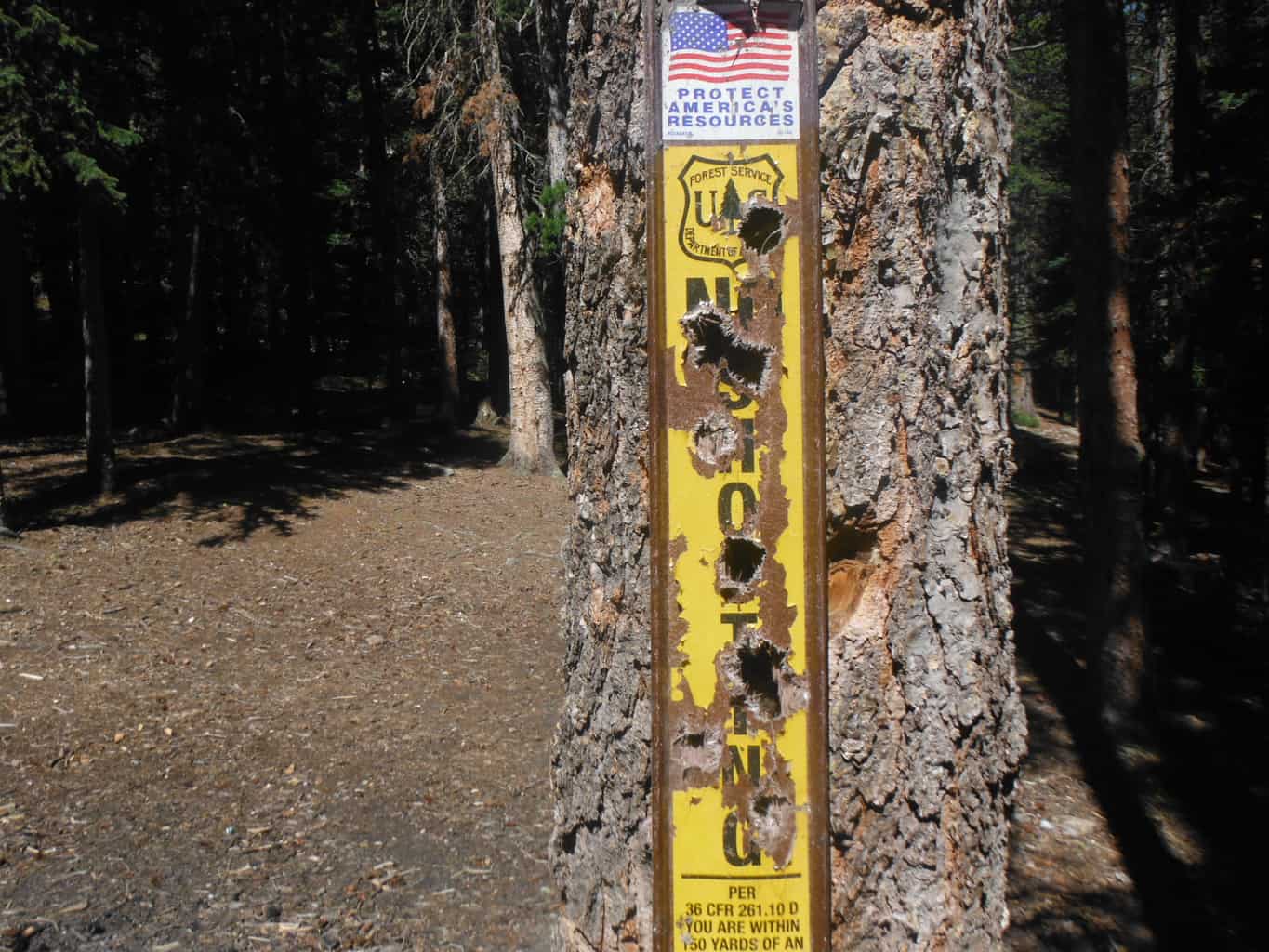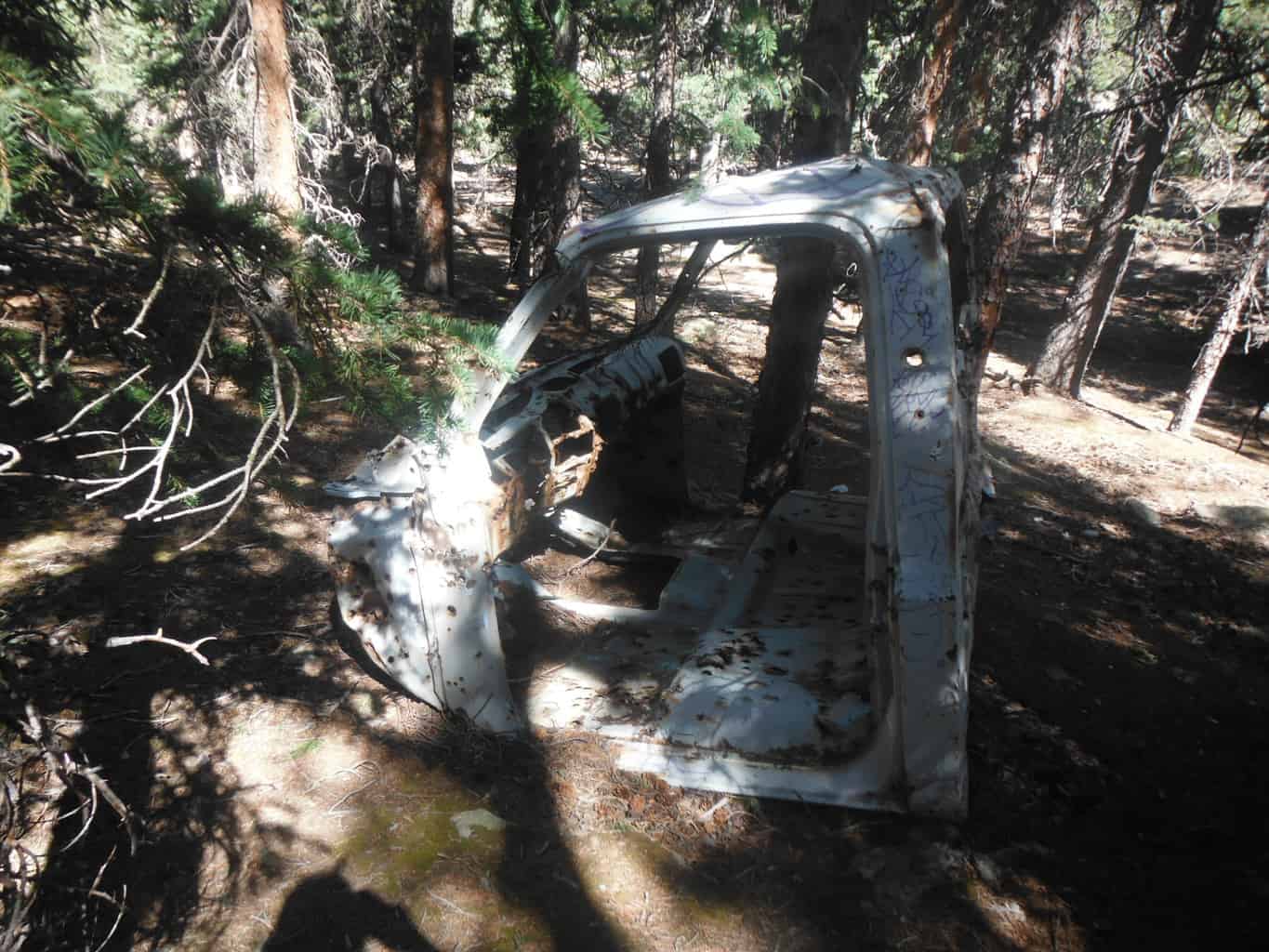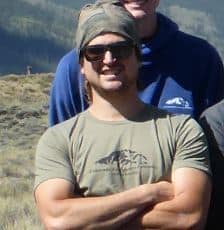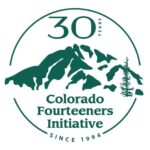
People go camping to get closer to nature or escape the daily grind and decompress from the pressures of civilization. Camping for recreation is, needless to say, pretty popular in the area surrounding Denver’s most proximal 14er. To a pessimist, Mount Evans might be the subject of an ongoing Malthusian catastrophe, a beautiful mountain being systematically loved to death. Perhaps too many people took to heart John Muir’s metaphor of “Going to the mountains is like going home.”? Or, the peopled-conditions on Mount Evans are simply a reality to adapt to; a slight alteration to the mountain’s endemic beauty that is to be embraced and dealt with. The “dealt with” part is what project managers Abby and I, CFI’s Mount Evans trail reconstruction crew, are facilitating. But first we have to find a suitable site for a basecamp…
The pessimist’s viewpoint was on full display after we explored the area surrounding what was slated to be our basecamp. Initially, we were excited to see the amazing spring house, directly down from a rock/concrete staircase, which the CCC had built in the 1940s and was recently restored. But upon a quick glance, we saw the site was abutted by the highway, which meant it was sandwiched between two public roads. What’s worse, we discovered what had been effectively a makeshift shotgun shooting range just a few hundred feet from where we’d be sleeping. Not to mention, in that area, was a pile of trash, hundreds of shotgun shells, a shattered toilet, and the entire cab of an old truck shooters used for target practice. The combination of all these things, coupled with the ominous clouds and thunderclaps during our drive back to Cabin Cove, did not put our minds at ease. How could we have a successful field season on Mount Evans if our basecamp was unsafe for us and our crews?

After considering other sites with the help of our Forest Service Liaison, we concluded that there were, in fact, no other options that were much more suitable. Upon returning to the site, I sensed that our perspective had shifted from one of a mixture of fear and disgust to one more zen-like; one where we were able to adapt to and accept the imperfections of camp conditions we couldn’t control and felt empowered to improve the conditions we could, like picking up trash, for example. Either way, the ongoing experience of choosing our basecamp is serving as a healthy primer for what we may deal with both in camp and while at work on the mountain.

After finally scouting a good portion of the work we will be doing this summer, we departed from the week of organization and logistics with a renewed sense of purpose and a reminder of why we deal with the crowds and imperfections and all the rest that CFI’s crews encounter while working on the 14ers. The work we do to protect alpine ecosystems on the 14ers from the combined pressure of 311,000 hikers per year is something to be proud of, and the finished products we create not only help to that end, but are also fun and rewarding to build in the process. I confirmed this from simply hearing the intense enthusiasm in Abby’s words while scouting work for our project. Malthusian Catastrophe or not, the conditions on Mount Evans will be improved by the end of this summer, and I will enjoy my time helping to improve it.




